G. K. Chesterton, a man who will no doubt be canonized a saint one day, said that “the most extraordinary thing in the world is an ordinary man and an ordinary woman and their ordinary children.” What he was getting at is that there is something special about family life, something that just can’t be duplicated or achieved outside of the experience of the ordinary, day-to-day life of a family.
When most of us think about the saints, about those holy men and women who have spent their lives walking in intimacy with God, the majority of the people we picture in our mind’s eye are priests and religious. Not to discount the lives they led of heroic virtue and extraordinary holiness, but it has given us only a partial view of the Church Triumphant. For the Heavens aren’t reserved strictly for the celibate. We must be assured that after all there is room for us everyday family folks as well.
What are Families Actually Called to Do?
This thought, as radical as it may sound, is strongly echoed in the documents of the Second Vatican Council, powerfully reverberating and repeating again and again the message of our “universal call to holiness”.
“Christian spouses, in virtue of the sacrament of Matrimony, whereby they signify and partake of the mystery of that unity and fruitful love which exists between Christ and His Church,(108) help each other to attain to holiness in their married life and in the rearing and education of their children.”
Lumen Gentium, 11
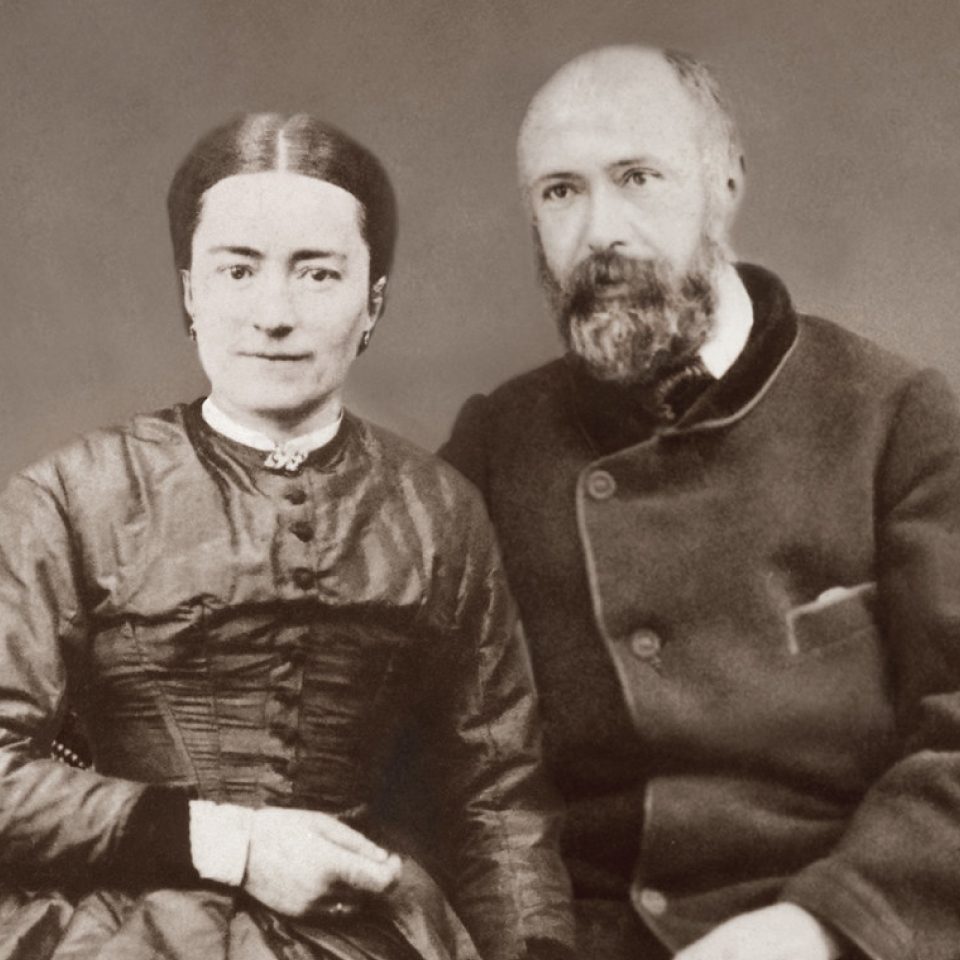
Yet, as clearly as it is proclaimed, this is an idea that many Catholics have yet to fully embrace. Part of the problem is the lack of authentic witnesses to this holiness of life. Most of us can count on two hands, or even one, the number of married couples who understand this to be the goal of sacramental marriage and who are truly living out this call to holiness.
In 1994, Pope John Paul II declared “venerable” Louis and Zélie Martin, the parents of St. Thérèse of Lisieux, kicking off the process that 21 years later would end in the first ever married couple to be canonized together. The story of their lives bears powerful witness to the fact that family life isn’t just what we fall back on if we don’t become priests or nuns, although that is the path that the Martins both felt called to in their youth. As they would learn over the course of their married life together, their union and fidelity to each other and to God would bring to life the old adage that the family is a saint making machine.
As true as it is, it is not a way that we normally use to describe our life in the family. We tend to think quite negatively of the effects of marriage and parenthood, reminiscing on all we have lost and given up for our spouse and children, neglecting to acknowledge the importance of having rid ourselves of these things in order to achieve the “vocation to perfection” which Pope Paul VI called us to in the legendary Dogmatic Constitution on the Church Lumen Gentium (LG 32).
What a Catholic Family Should Look Like
Family life can be tiring, monotonous, overwhelming, and stressful at times, full of sacrifices, of dying to ourselves and pouring out our lives for the sake of others, others who sometimes aren’t all that appreciative of our efforts. In trying to live a life faithful to Christ and worthy of His call, we often trudge our way through the continuous challenges. Zélie shares in our struggle.
“This morning I was sleeping as I dressed myself; I was almost sleeping as I was walking; I was sleeping at the first Mass when I was on my knees, standing up, sitting down, and as I prayed.”
Correspondence Familae, 45
How many of us, striving to maintain a life of intimacy with God, like the disciples of Christ in the Garden of Gethsemane, fall asleep during prayer, exhausted after the daily grind?
The Martins kept their life’s mission always at the forefront of everything that they did, to raise their children to Heaven. “While waiting, we need to serve God and his saints, my dear little daughters, and try to deserve to be among the number of saints.” (CF 110) Parenthood for them wasn’t about what techniques were popular at the time, meeting the world’s standards, or anything else but forming these precious souls into saints. There was nothing else more important to them, no other goal, priority, or mission in life.

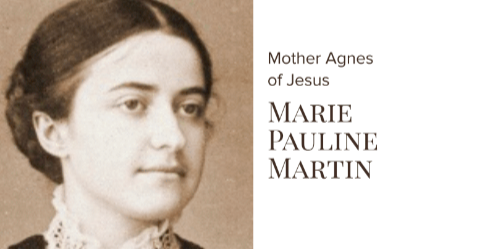
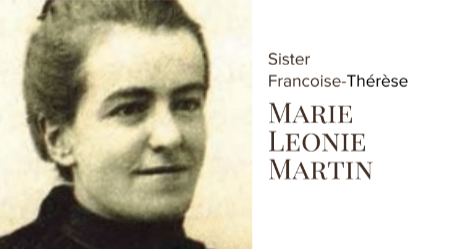
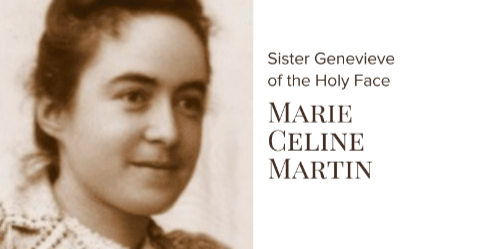
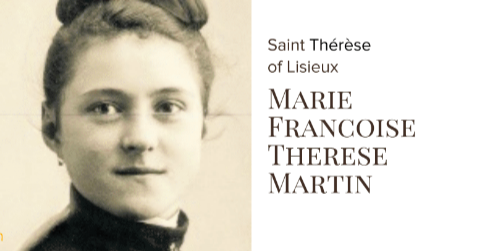
Louis, as husband and father, modeled himself after the fatherhood of God. His daughters formed their own image of God after the example of their “king”. Zélie, far from the sad, saintly, quiet little lady with downcast eyes, was actually a strong, working woman, who ran her own business and brought nine children into this world. They lost four as babies and five to the cloister. Yet, their deceased children were far from forgotten, rather they were routinely called upon for their intercession from their privileged place in Heaven.
The Martins of Alençon: A Family on a Mission
A principal part of their role as parents was to foster in them a desire to answer the unique call that God would make to each of them, as we are all called to do. “The family must educate the children for life in such a way that each one may fully perform his or her role according to the vocation received from God.” (FC 53) Although they themselves would not enter the religious life, despite their deepest desires, all five of their Maries—all of their children were named Marie or Joseph—would eventually discern the call to the religious life, four of them as Carmelites at Lisieux and one as a Visitandine at Caen.
Saints Loius and Zélie Martin are an inspiration for all couples and families, showing by the bold example of their lives what a Catholic family should look like. They experienced joys and sorrows, boundless blessings and painful losses, but always together and always trusting in the perfect will of God. As Zélie reached the end of her life, dying of breast cancer, the family made a pilgrimage to Lourdes seeking a miracle from the famous healing waters. Before setting off on the journey, Zélie was quick to remind the family that even though it was possible that God could heal her miraculously, it was just as possible that He wouldn’t. “We need to dispose ourselves to accept the will of the good Lord with open hearts, whatever it is, because his will is always what is best for us.” (245) The miracle never came and at the tender age of only 45 the young Saint Zélie departed this world to join her babies in eternity with God.

Thanks to this faithful family and the providential action of the past three pontiffs, no longer is there any excuse for we as parents to fall short of the vocation we have been given to raise saints. They have shown us that it’s possible. They’ve shown us what it looks like. And they are the perfect patron saints for every Catholic family. May they, through their prayers and by their example, be a constant reminder to us that vocations aren’t just for the ordained or religious. Neither is Heaven. And that as parents, we have been given just as precious of a path towards holiness, namely, our spouse and children.
Saints Louis and Zélie, pray for us.
St. Thérèse of Lisieux, pray for us.